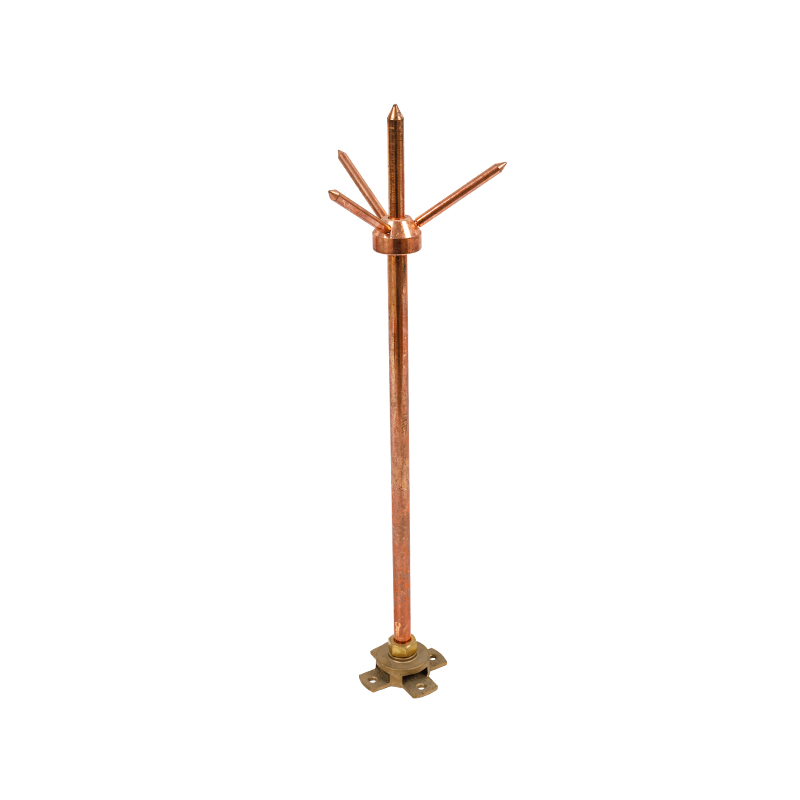Lightning rods are designed to prevent damage to buildings and structures by providing a safe path for lightning to follow and discharge its electrical energy into the ground. Here's how lightning rods work to prevent damage:
Attraction of Lightning: Lightning rods are typically tall, metal rods or rods with metal tips that are installed at the highest point of a structure. They are designed to attract lightning strikes. When a lightning storm approaches, the metal rod's sharp point provides a preferred path for the lightning bolt to follow.
Conducting Lightning: When a lightning bolt strikes the lightning rod, it travels down the rod due to its conductive properties. The metal rod is connected to a conductive system, often consisting of copper or aluminum cables, that directs the electrical charge away from the structure.
Dissipation of Electrical Energy: The conductive system is designed to disperse the electrical energy from the lightning strike over a wide area. This helps to prevent concentrated electrical energy from causing damage to the structure. The energy is gradually dissipated into the ground.
Grounding: At the base of the lightning rod, there is a grounding system that connects the lightning rod to a network of buried metal rods or plates. This grounding system ensures that the electrical charge is safely discharged into the ground, where it is harmlessly dispersed. Proper grounding is crucial for the effectiveness of the lightning protection system.
Protection of the Structure: By providing a controlled path for the lightning strike and safely directing its energy into the ground, lightning rods prevent lightning from striking other vulnerable parts of the structure, such as the roof, walls, or electrical systems. This significantly reduces the risk of fire, structural damage, and electrical damage caused by lightning strikes.

Needle Type Lightning RodLightning Rods Provide The Strike Point In A Lightning Protection System. They Can Be Used With Or Without Multiple Points With Or Without Elevation Rods. However, Research Indicates Multiple Points With Taper Rod Offer More Effectivity.

